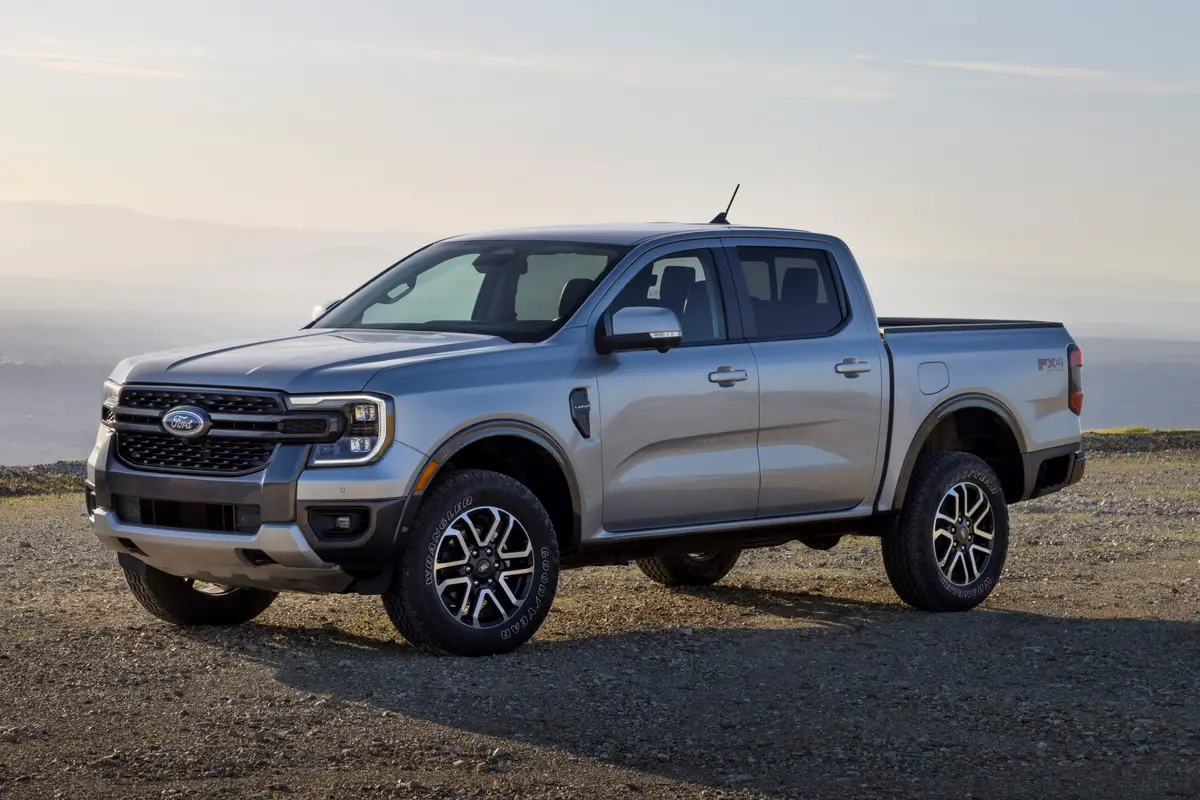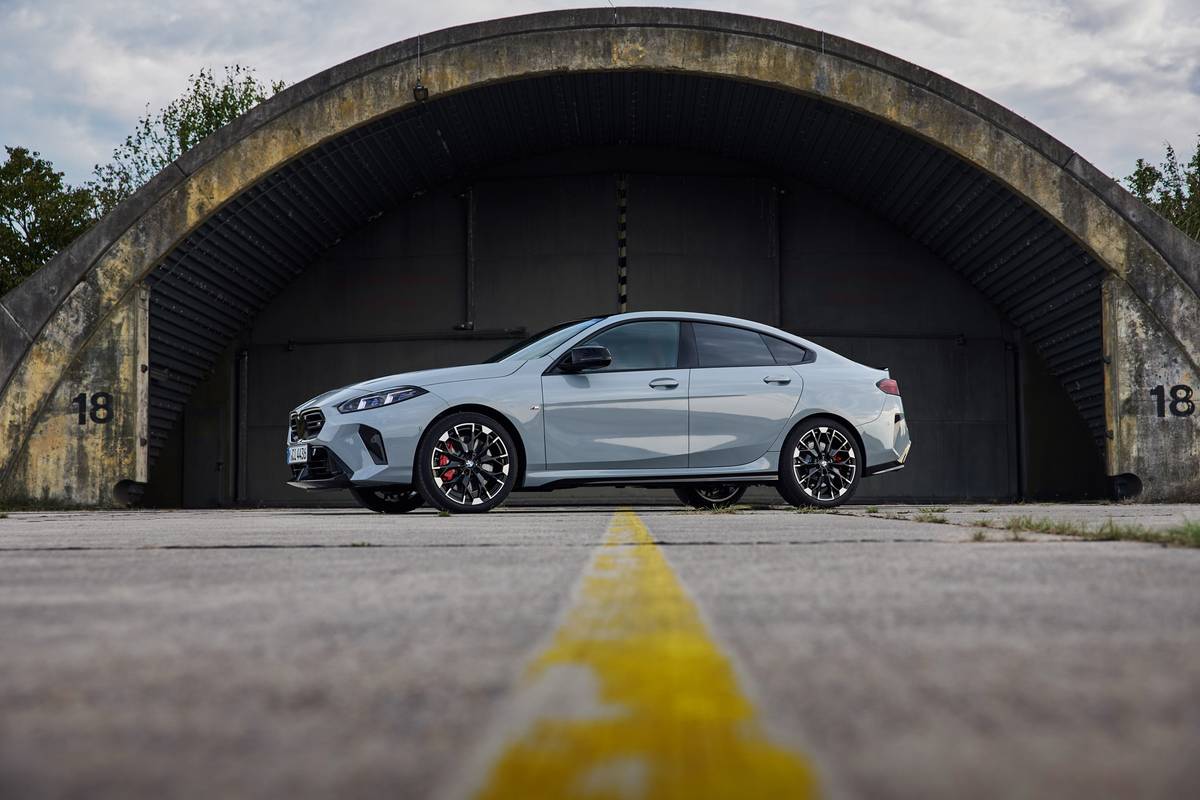The Morning Call and Mcall.com's view
When is a sport utility vehicle a sport utility vehicle (or SUV) and when is it a crossover utility vehicle (or CUV)?
While it may seem like splitting hairs, there is a difference.
To those who go off-road and need the ability to haul across questionable terrain, an SUV is a must.
To those who like sitting tall and the piece of mind that comes with all-wheel-drive traction, a CUV is a better option.
Most consumers don’t know the difference, but here’s what to remember: an SUV is usually based on a truck frame. This explains its heavy-duty capability and truck-like ride. A CUV is car-based, so it generally handles with the demeanor of a car, but generally it lacks true off-road capabilities.
And so we have the Toyota Highlander, billed by Toyota as a sport utility vehicle. But is it?
Some will question the category just based on looks. This big box of a vehicle is usefully utilitarian, although not very sexy or sporting. It looks like a tall station wagon or a minivan more than an SUV.
Okay, so it only vaguely resembles a sport ute. How about the mechanical bits? Ah, here’s where the Highlander’s character reveals itself.
The Highlander is built on a Camry-derived platform, not a truck frame. Unibody construction helps lend the Highlander a more car-like demeanor and a lower ride height. It is available with either front- or four-wheel-drive. Actually, most of the genetic material for the Highlander comes from the Lexus RX300.
Unlike its smaller, pricier sibling, the Highlander doesn’t just come with a six-cylinder engine. The base vehicle is a front-wheel-drive model with a 2.4-liter double-overhead-cam four-cylinder good for 155 horsepower. The 3-liter double-overhead-cam V-6 comes from the Camry/ES300/RX300 family and delivers a healthy 220 horsepower. Power is fed through a four-speed automatic with a winter snow mode. A limited-slip differential is available in four-wheel-drive models, but you don’t get a low gear.
A trailer-towing package is available, but trailer weight is limited to 3,500 pounds.
So this isn’t a serious sport utility, just a wannabe. But so what? It’s an immensely useful vehicle, but it’s more minivan than SUV.
That’s apparent after spending some quality time with it.
Anyone who has driven a Toyota Camry will feel at home instantly. The handling is sedate, with decent bump absorption and a quiet ride. The ride is dialed in toward the soft side, yet handling felt precise.
The dash, decorated in a smoked wood-like plastic trim, will feel familiar to those who have spent time in a RX300. While the dash doesn’t have the obvious luxe cues, it’s still ergonomically designed and easy to use. The gearshift is in the exact location as its Lexus stablemate and the drivetrain delivers similar performance, as you’d expect.
The seats in front and middle are large and comfortable; the rear seats are best folded out of the way to expand the 38.5 cubic-foot cargo hold to 81.4 cubic feet. Up front, there doesn’t seem to be enough storage space, but that’s really the only negative here.
Safety is increasingly a Toyota priority. Traction control is available as an option; anti-lock brakes are standard. They feature Electronic Brake-force Distribution, which helps maintain proper braking between front and rear. The brakes also feature Brake Assist, which aid the driver in emergency situations by ensuring brake performance. Front and side airbags are standard, as are daytime running lights.
If all this comfort and safety sounds more minivan-like than SUV-like, that’s the character of this vehicle. It’s blandly utilitarian, but for many people bland is king.
But this vehicle is more than bland and utilitarian. It’s also a bargain if what you really crave is an RX300. The base model Highlander starts at $23,995 for four-cylinders and front-wheel-drive. Add a V-6 and it jumps to $26,495, about the same as a front-drive, V-6 Camry or $8,875 less th a RX300 with similar equipment.
So what is the Highlander? An SUV or CUV? Who cares. To these eyes, it looks like a hit.
Latest news



